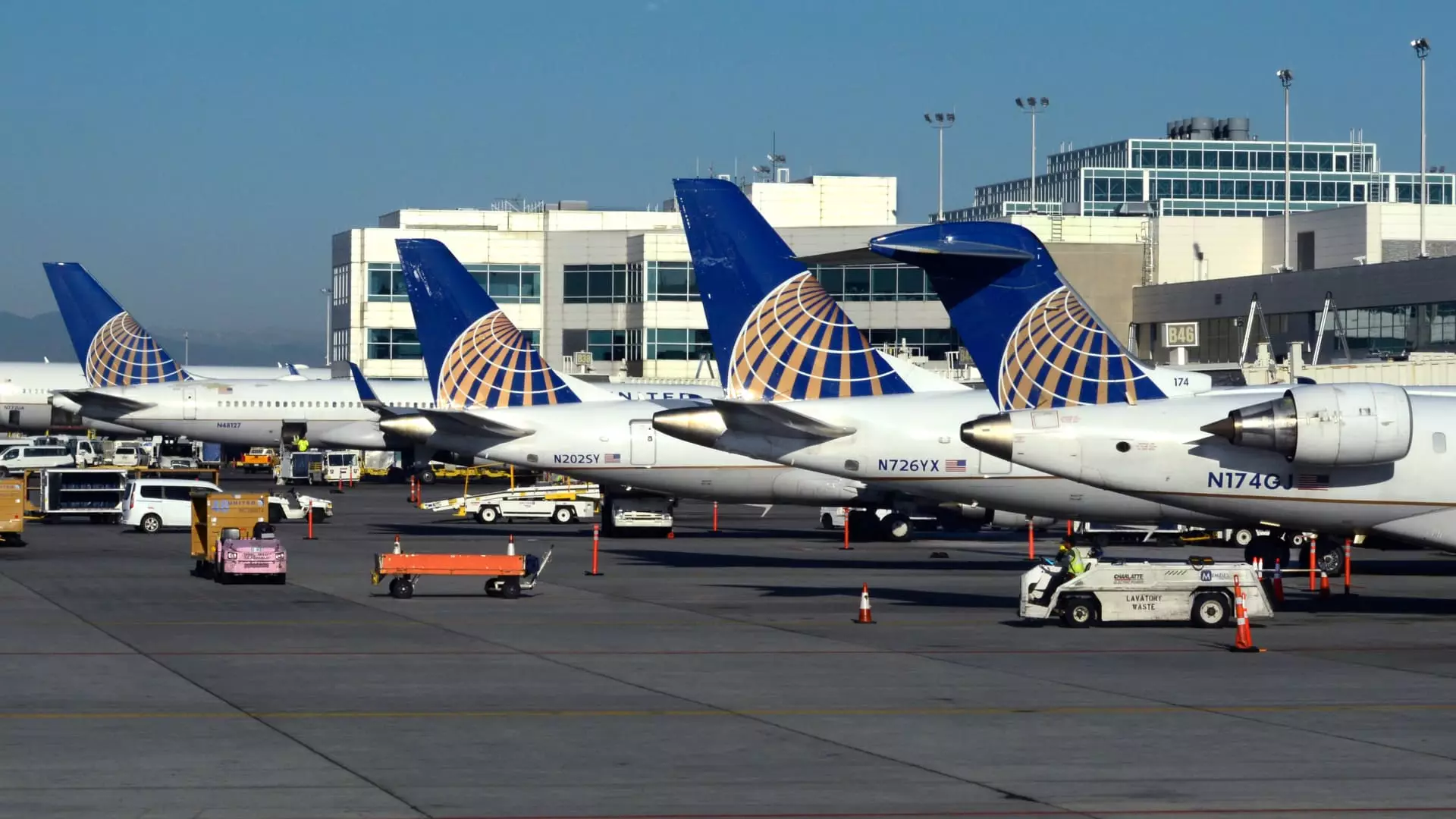In an audacious move that reflects both market trends and consumer behavior, United Airlines has announced increased fees for its annual airport lounge memberships and rewards credit cards. This decision raises significant questions about how far travelers are willing to go for perceived luxuries in the post-pandemic world. With every additional dollar tacked onto membership and service fees, United is not merely adjusting pricing; it’s conducting a critical test of loyalty—a maneuver that could either fortify its brand or alienate its customer base.
Unsustainable Pricing Pressure on the Regular Traveler
While United’s chief executive of MileagePlus, Richard Nunn, insists there’s a “value increment” accompanying these increases, many travelers find themselves raising eyebrows at such claims. The airline industry has morphed into a milieu where essential services and comforts have been commodified to an alarming extent. Year on year, airlines have inflated prices associated with everything you thought was free—from checking bags to claiming a seat. The repetitive cycle of fee hikes has created an atmosphere of mistrust towards big carriers. Travelers now face a barrage of extra costs, stripping away their sense of being valued customers.
The Exclusive Lounge Dilemma
It’s not just the rising fee that stings; it’s the increasingly exclusive nature of airport lounges that accompanies this trend. With more and more elite-status travelers entering the fray, accessing these once-promised sanctuaries has grown harder. Crowding in these lounges signals a systematic failure to balance exclusivity with accessibility. Instead of being a respite for frequent flyers, lounges have become overcrowded battlegrounds for comfort, revealing the hollowness of the supposed perks that were once the hallmark of high-tier memberships. How does one justify the steep membership fees when the experience itself feels diluted?
The Risk of Alienating the Loyal Customer Base
United’s strategy seems predicated on the assumption that consumers will turn a blind eye to increases in fees because of the accompanying sign-up bonuses and additional cardholder benefits. Yet, this practice could backfire. By placing a higher financial burden on the loyal customer, United risks alienating the very people who buoyed the company during turbulent times. America’s aviation landscape is replete with alternatives—people can swiftly shift allegiance if their current airline no longer respects their loyalty or offers genuine value.
Loyalty Revenue: A Double-Edged Sword
The “loyalty revenue” that has shaped United’s financial stability cannot be ignored. The addition of billions stemming from co-branded cards and membership fees is indeed impressive, but the feathers in United’s cap also hint at a long-term strategy driven by greed rather than a customer-first approach. The fact that the airline has tacked on such exorbitant fees while expanding its lounge facilities adds to the dichotomy of their model—the yoke of cost and the allure of a premium experience are at odds with one another.
In a reality where consumers grapple with price hikes for essentials in addition to luxuries, United’s fee increases could spur a fundamental shift in how travelers perceive value, loyalty, and brand trust. If United hopes to retain its customer base, it must navigate this precarious balance with finesse—because consumer loyalty is not a one-way street, and a tipping point could be just around the bend.


Leave a Reply